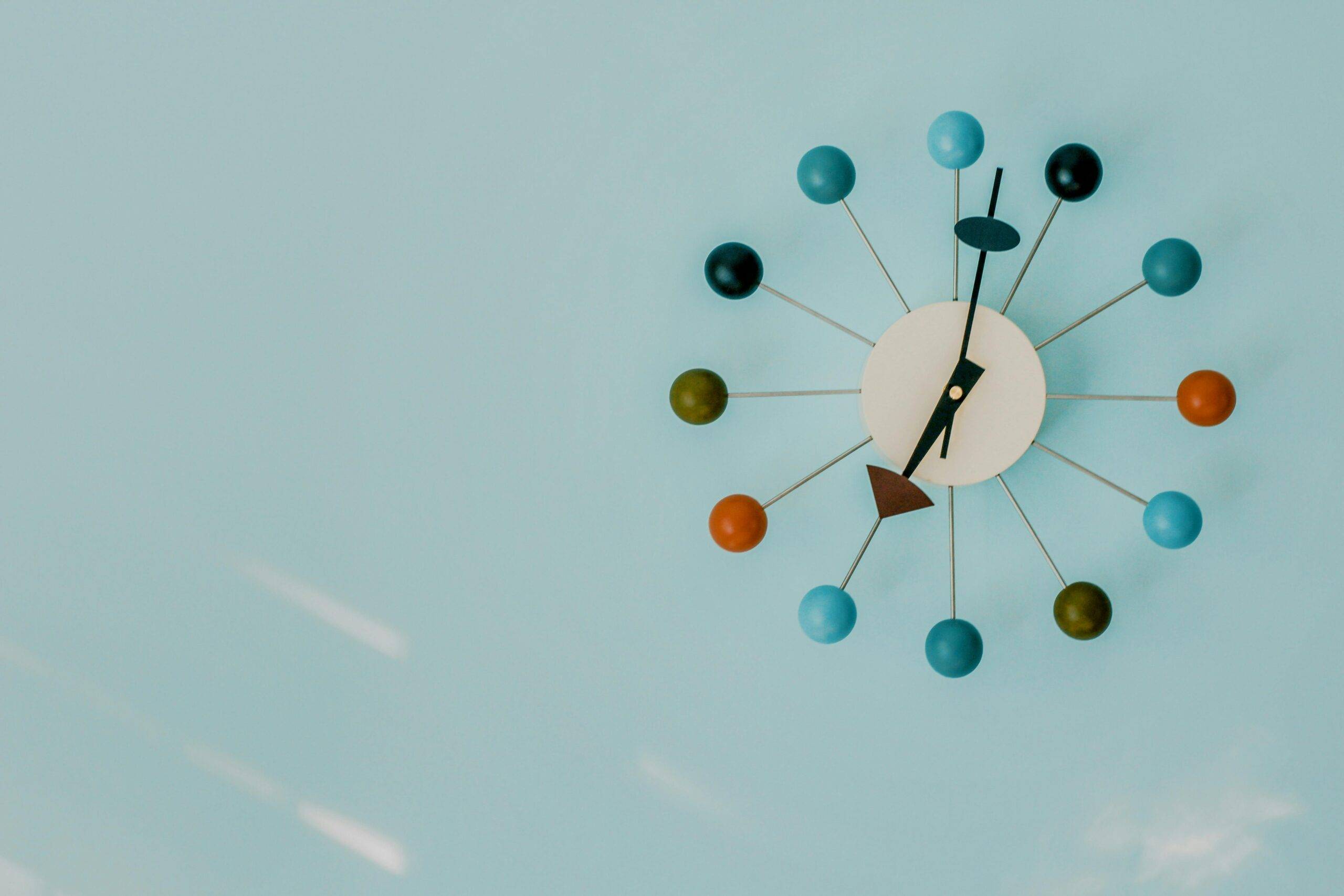“The Day I Learned Why Time Is Such a Mystery to ADHD Brains”


How often do you show up late to the events and responsibilities of your life? Forty percent of the time? Half? If you can’t say 100% of the time, then I win. I am the Queen of Lateness.
Or I was.
I used to be late for practically everything. And take it from the Queen: Being late stinks. It’s a self-sabotaging act that gave me decades of anguish, hurt, and frustration. I knew the heartache of lateness like I knew the jewels on my crown. I’d have given anything not to wear that crown, to be a commoner who — gasp — gets to appointments a few minutes early.
Following is the story of how I changed my lifelong habit of lateness practically overnight. No, this is not a clickbait story. It’s the sharing of fundamental tools that us late and time-blind folk don’t realize are out there. It’s my “eureka” story.
Step One: Time Yourself
My lateness was “cured” in 2007 at the start of the recession. My job as a tech recruiter was on shaky ground, so I pivoted and started a cleaning and residential organizing company. My sweet cousin recommended my services to her friends, who hired me. With my company and reputation now connected to my friend and family circle, I had to avoid failure at all costs. Lateness threatened it all, which meant I had to find a solution.
How was the Queen of Lateness supposed to undo a lifelong habit? I started with the only thing I could think of — measuring time itself. Rather than assume how long it took me to do something, I actually tracked myself. If you’ve never done this, I can tell you the results will shock you. It shocked me to learn that grabbing coffee, putting on my jacket, walking to the car, setting up my GPS, and backing out of my driveway took 10 minutes, not zero minutes, which is the time I always allotted.
[Get This Free Download: Get There On Time, Every Time]
This is what got me to realize why time was such a mystery to me and other folks with ADHD. Though the clock is always ticking, we don’t often account for the little, almost automatic tasks — picking out an outfit, looking over notes before a meeting, making a quick lunch – that undoubtedly use up time. Ten minutes to get out of the house may sound like small peanuts, but when you add up all the other unaccounted-for tasks through your day, that time significantly adds up.
Time yourself and you’ll see that it takes longer than “half an hour” to go from waking up to getting out the door. Google Maps can give you a good estimate of how long it takes to get from Point A to Point B, but it can’t tell you how long it takes to park, pay the meter, walk to your destination, and get inside the building. Trust me on that one.
Step Two: Accept the Numbers
This discovery, which had been hiding in plain sight all this time, shattered my world of lateness and gave me the key to a world where punctuality was possible.
But there was one last door to unlock before I truly internalized punctuality. Though I now had proof of how long tasks really took, it somehow wasn’t enough to change my ways. I had to become willing to drop my prior assumptions and adjust to reality. I had to accept that most things will take longer than I think (or hope). I had to go from an expert bargainer with time to one who submits to it.
[Read: “Why Am I Terrible – and Oddly Inconsistent – with Time Estimation?”]
At first, I protested when my time estimations, freshly calibrated, told me it would take two hours to do something I assumed I could do in one hour. But that skepticism was replaced with joy when I did what time told me to – and I was early. I became the newly crowned Queen of Punctuality. Guess what this did for my reputation and my serenity? Guess what it did for my self-concept?
I’d love for you to see what this new life feels like. When you do, you will bow to me and thank me until the end of time, which is further away than you might think.
Be on Time: Next Steps
SUPPORT ADDITUDE
Thank you for reading ADDitude. To support our mission of providing ADHD education and support, please consider subscribing. Your readership and support help make our content and outreach possible. Thank you.
















Leave a comment